by @AnnieDaylon
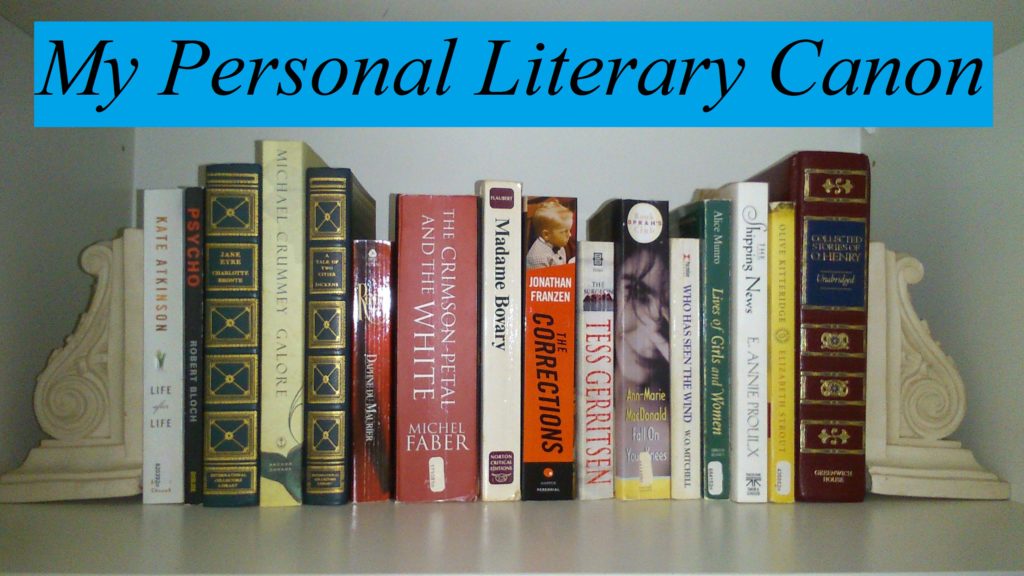
The term “literary canon” refers to a collection of works considered representative of a period or genre.
Having studied English Literature (Renaissance, 19th century, Canadian Lit., and Shakespeare), I was familiar with the term, but it was not until I read “Speaking of the Canon” , a post by agent/blogger Janet Reid, that I gave serious thought to the idea of a personal literary canon.
Janet Reid begins her post as follows: “The canon is what one must have read to be considered well-educated. There is the canon for Western civilization which is largely books that are non-fiction. There is the canon of English literature (the books you’d see in an English Lit survey class in college.) There is the canon for literature of the American West.” She goes on to say that there is also a canon for whatever genre you write in.
I write historical suspense set in Newfoundland, modern day suspense set in Vancouver, and short stories with… you guessed it, suspense. I read a lot, nonfiction and fiction (literary and commercial.) When I started writing, my reading became studying. And I found my influences, my personal literary canon. These are books from writers I admire, books which sit on my shelves (not just in my Kindle) so I can go back to them frequently, riffle through the pages, find sections or paragraphs or sentences or phrases that moved me, and get transported all over again. These books make me want to write better.
My literary canon is listed below, alphabetically by author (no affiliates here, by the way.) This list is fluid in that it changes as I learn and grow.
-
Life after Life by Kate Atkinson
-
Psycho by Robert Bloch
-
Jane Eyre by Charlotte Bronte
-
The Wreckage by Michael Crummy
-
A Tale of Two Cities by Charles Dickens
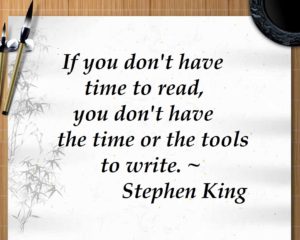
-
Rebecca by Daphne DuMaurier
-
The Crimson Petal and the White by Michel Faber
-
The Corrections by Jonathan Franzen
-
The Surgeon by Tess Gerritsen
-
Mystic River by Dennis Lehane
-
Fall on Your Knees by Anne Marie MacDonald
-
Who Has Seen the Wind by W. O. Mitchell
-
The Lives of Girls and Women by Alice Munro
-
Collected Stories of O. Henry (Unabridged)
-
The Shipping News by E. Annie Proulx
-
Olive Kitteridge by Elizabeth Strout
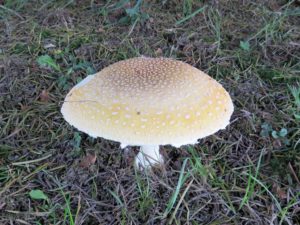
Amazing things come from the dark! I fell to my knees and crawled beneath a giant fir tree to get this image.
Do I have an absolute favorite?
Actually, I have two:
The Crimson Petal and the White (dark) and
Fall on Your Knees (darker still.)
Authors, do you have a literary canon? Which writers move you to write better? Readers and writers, any titles you can suggest to me??
My best to you,


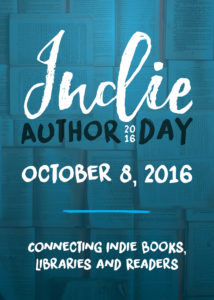
 A free short story is yours when you join my email list! My newsletters contain book news, blog posts, sneak previews, and, occasionally, fun facts about my beloved island of Newfoundland. To join, place the required information in the space provided on the right. Rest assured your email address will not be shared for any reason.
A free short story is yours when you join my email list! My newsletters contain book news, blog posts, sneak previews, and, occasionally, fun facts about my beloved island of Newfoundland. To join, place the required information in the space provided on the right. Rest assured your email address will not be shared for any reason. 
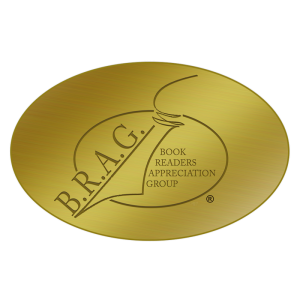
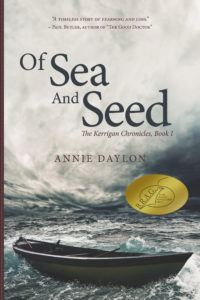 Sand
Sand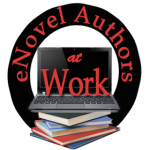
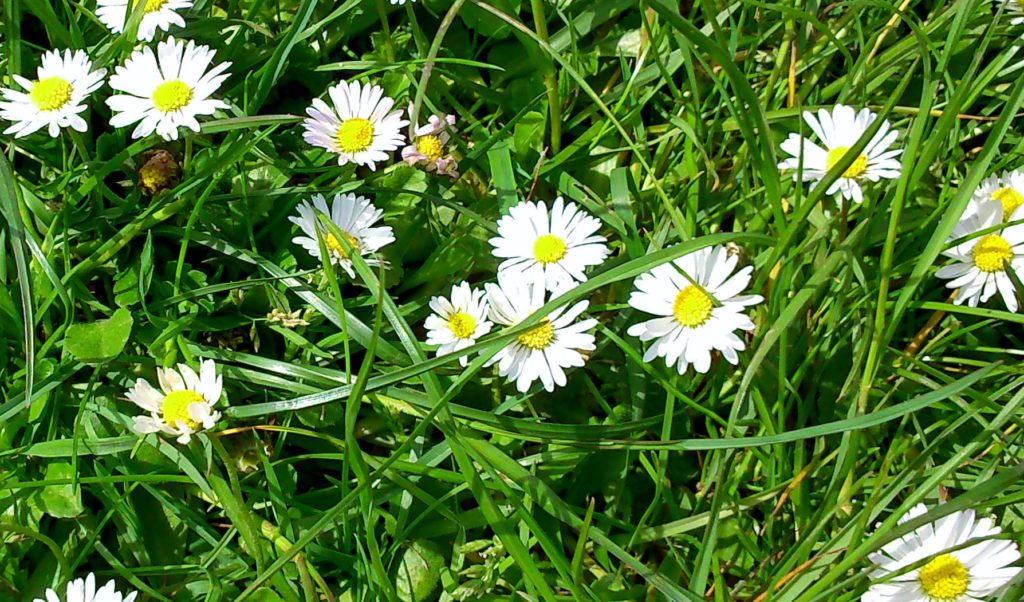
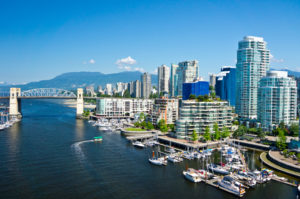 the flowers dotting the background field were clover, I wrote about the scent of clover combined with the scent of sea, a combination I remember well from my days in Newfoundland. However, when I strolled through the grass near English Bay , I discovered that there was no clover. The tiny white flowers I saw were daisies. (Things are not always what they seem.) I edited my manuscript.
the flowers dotting the background field were clover, I wrote about the scent of clover combined with the scent of sea, a combination I remember well from my days in Newfoundland. However, when I strolled through the grass near English Bay , I discovered that there was no clover. The tiny white flowers I saw were daisies. (Things are not always what they seem.) I edited my manuscript.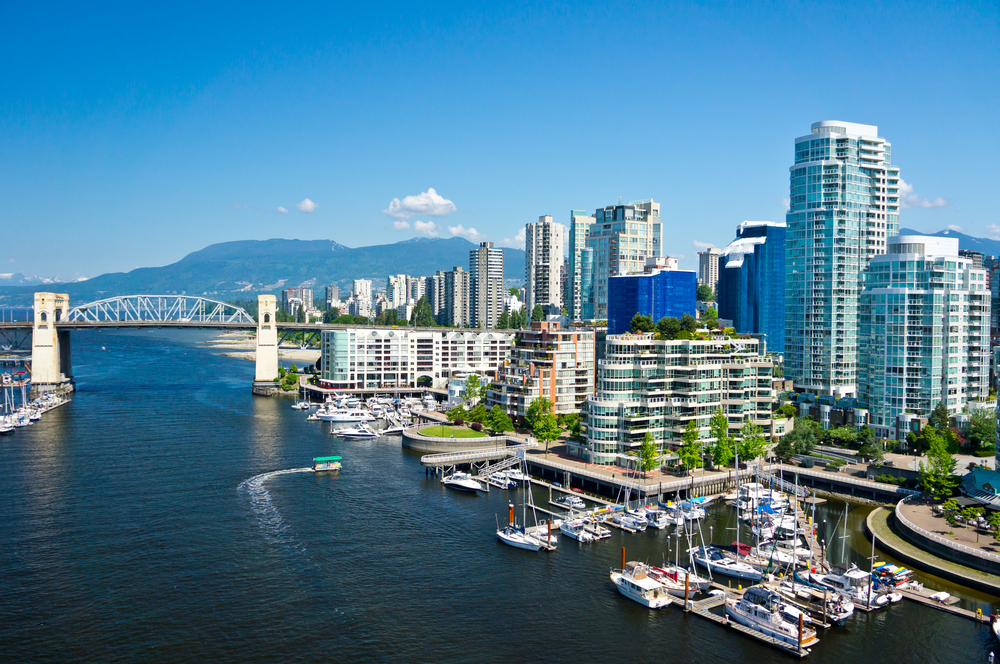 I am a multigenre author, born in Newfoundland, living in British Columbia. My novels are reflective of my bi-coastal experience in that they are set on the opposite ends of Canada: Newfoundland or Vancouver. The time element is also extreme: I plunk my work anywhere from the 1920’s to the now. The research methods vary, dictated by setting. The Newfoundland novels catapult me into the past: I read and view everything I can find on the historical events and settings. Here, I am focusing on the Vancouver novels (yes, plural because I’m nearing the end of the second) which are set in present-day and require boots-on-the ground research.
I am a multigenre author, born in Newfoundland, living in British Columbia. My novels are reflective of my bi-coastal experience in that they are set on the opposite ends of Canada: Newfoundland or Vancouver. The time element is also extreme: I plunk my work anywhere from the 1920’s to the now. The research methods vary, dictated by setting. The Newfoundland novels catapult me into the past: I read and view everything I can find on the historical events and settings. Here, I am focusing on the Vancouver novels (yes, plural because I’m nearing the end of the second) which are set in present-day and require boots-on-the ground research.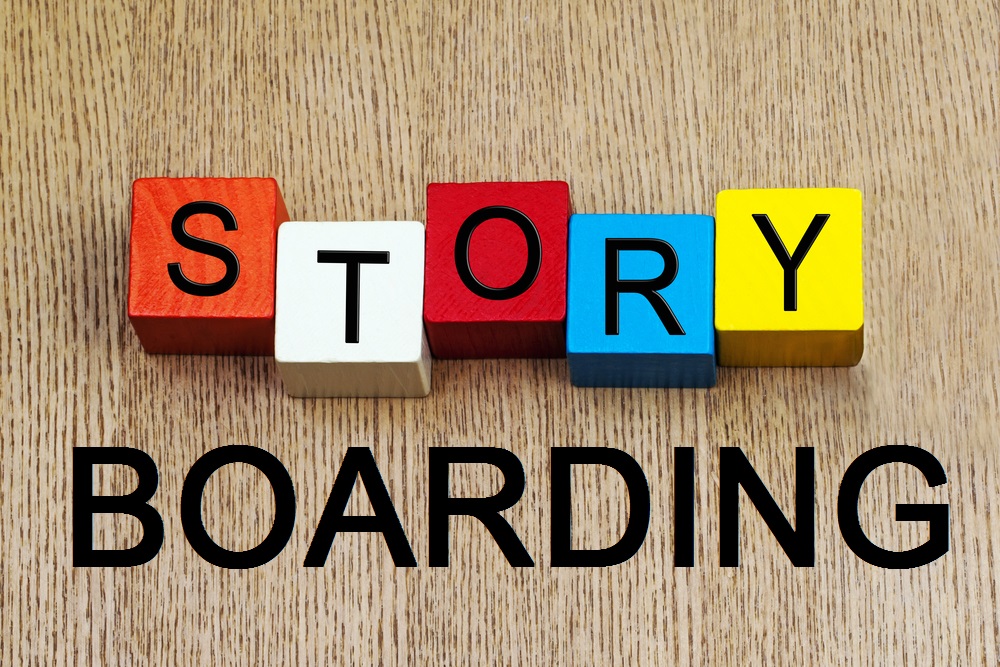
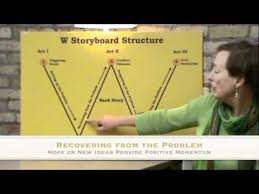
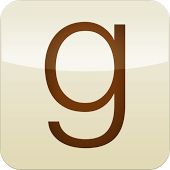
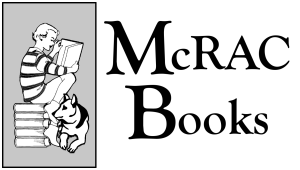


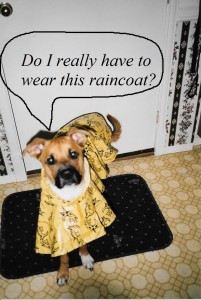
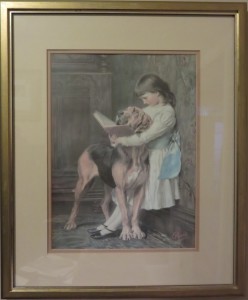
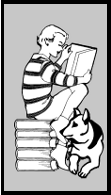
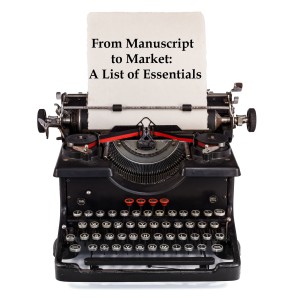 Finished your manuscript?
Finished your manuscript?